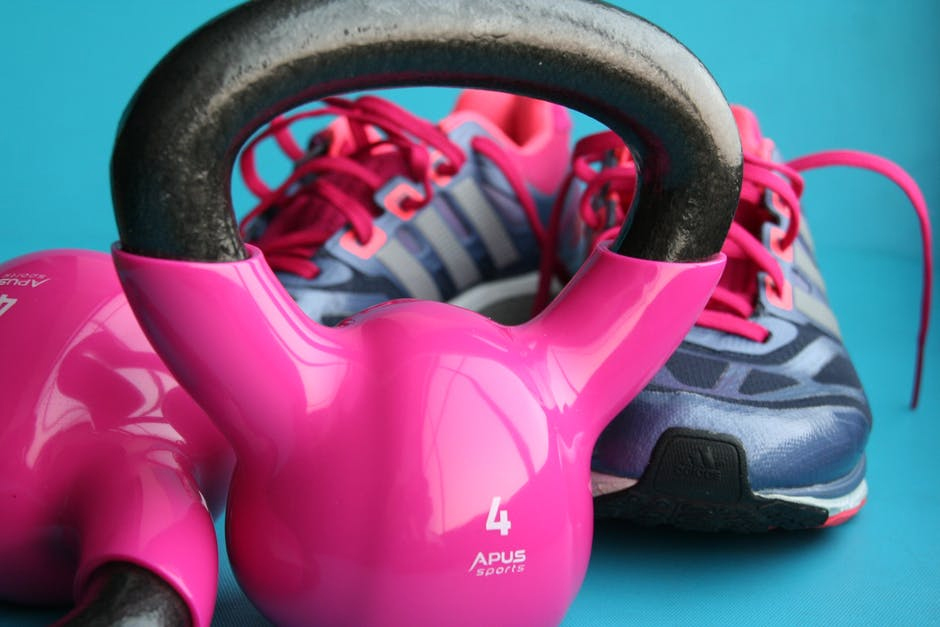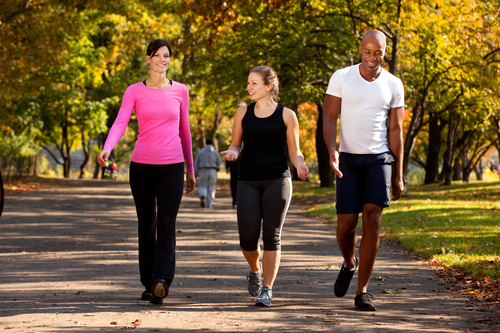For Optimal Workouts, Learn to RECOVER Like the Pros
 Your body was built to move but to move effectively and efficiently, especially over the long haul, it needs to rest. At any given point in time a significant percentage of competitive athletes and even fitness buffs are over-trained. The “overtraining syndrome” is brought on by athletes falling into the ‘too much, too hard, too frequent and too little rest’ mode. Usually done to improve performance, but ultimately resulting in a point of diminishing returns- or gains actually turned to losses. Common symptoms can include all of some of the following: fatigue, irritability, muscle soreness, difficulty sleeping, elevated resting heart rate, decline in performance and even the onset of overuse injuries.
Your body was built to move but to move effectively and efficiently, especially over the long haul, it needs to rest. At any given point in time a significant percentage of competitive athletes and even fitness buffs are over-trained. The “overtraining syndrome” is brought on by athletes falling into the ‘too much, too hard, too frequent and too little rest’ mode. Usually done to improve performance, but ultimately resulting in a point of diminishing returns- or gains actually turned to losses. Common symptoms can include all of some of the following: fatigue, irritability, muscle soreness, difficulty sleeping, elevated resting heart rate, decline in performance and even the onset of overuse injuries.
Exercise and the training associated with it, are a very powerful stimulus. Your body is challenged on multiple levels, from individual body parts to the system as a whole. For example, if you do a typical weight training session, each muscle that you work is stimulated and there is a local response in that muscle. There is also a cumulative metabolic cost to your entire system from that workout. This is true also of any vigorous workout including running, cycling and swimming. Local body parts are challenged as is the entire system. Your body needs to recover from both, and each has its own timetable.
To make gains – either muscle growth with weight training or cardiovascular with aerobic exercise – you need the exercise stimulus (ideally a near maximal effort) followed by adequate rest and recovery. It is on that rest stop where gains are actually made, as the body repairs itself, adapts, and you are taken to the next level. It should be clear why the mindset of “if a little is good, more is better” does not work here. It is also why smart successful professional and high performance athletes schedule recovery time as they would a workout, practice or a training session. It is critical to optimal performance. In fact, in recent years, we have made such tremendous gains in the areas of training and nutrition, that we may be reaching the point of maximum benefit for those variables. I believe that recovery is the next frontier in optimal training and achieving peak performance.
Also recovery doesn’t mean you need to be on the coach doing nothing. There are forms of “active rest” that can actually enhance and speed recovery. Take a walk or do a very light aerobic activity. Blood-flow to the nooks and crannies of the body enhances recovery and the repair process. Also, try yoga, get a massage, or hit the whirlpool. Water is a great medium for recovery, so hit the pool and try some light movements like treading water. But think twice before taking the ice plunge as recent research suggests that ice baths may delay or interfere with the recovery process. Drinking plenty of water and eating properly are also critical. The timing of your nutrition is also important, especially after a hard workout, as there is a golden 30-60 minute post-workout window where certain nutrients can make a recovery difference. Chocolate milk is one nearly perfect choice. And never underestimate the power of getting adequate shut-eye. The body repairs itself mentally and physically during sleep. I recently saw a funny but astute tweet (by Shower Thoughts @TheWeirdWorld) that said, “your bed is pretty much just a charger for your body.”
 When it comes to the body’s adaptability and recovery response, the key is not pounding your body the same way everyday. Also follow the 10% rule-never increase your program (i.e. the amount of weight lifted or miles logged) more than 10% per week. This especially true when coming off an injury. Trying to make up for lost time courts disaster. Increasing the intensity, duration or frequency of your workouts too rapidly can interfere with your body’s amazing ability to adapt, resulting in overtraining, injury or both. Also there are new technologies like the Marc Pro device that can enhance muscle recovery and it is no surprise that so many professional and high level athletes are using it regularly. For those aging athletes and Master’s athletes, remember that the body does not recover as efficiently as we age, so you may need a little longer time to bounce back.
When it comes to the body’s adaptability and recovery response, the key is not pounding your body the same way everyday. Also follow the 10% rule-never increase your program (i.e. the amount of weight lifted or miles logged) more than 10% per week. This especially true when coming off an injury. Trying to make up for lost time courts disaster. Increasing the intensity, duration or frequency of your workouts too rapidly can interfere with your body’s amazing ability to adapt, resulting in overtraining, injury or both. Also there are new technologies like the Marc Pro device that can enhance muscle recovery and it is no surprise that so many professional and high level athletes are using it regularly. For those aging athletes and Master’s athletes, remember that the body does not recover as efficiently as we age, so you may need a little longer time to bounce back.
Remember what Lau Tzu said many years ago, “a bow that is stretched to its fullest capacity may certainly snap”. In your effort to constantly improve your fitness or specific sports skills you are probably at times pushing yourself to that very brink. Be aware of that predictable time of vulnerability for you, one that is usually remedied by a little R&R thrown into the mix.
So, for optimal gains, in the gym or on the field, learn to kick back at times. Give yourself a break – you will comeback even stronger.
Originally published on the Huffington Post. Reprinted with permission from Dr. DiNubile.
Nicholas DiNubile, MD is an Orthopedic Surgeon, Sports Medicine Doc, Team Physician & Best Selling Author. He is dedicated to keeping you healthy in body, mind & spirit. Follow him MD on Twitter: twitter.com/drnickUSA
